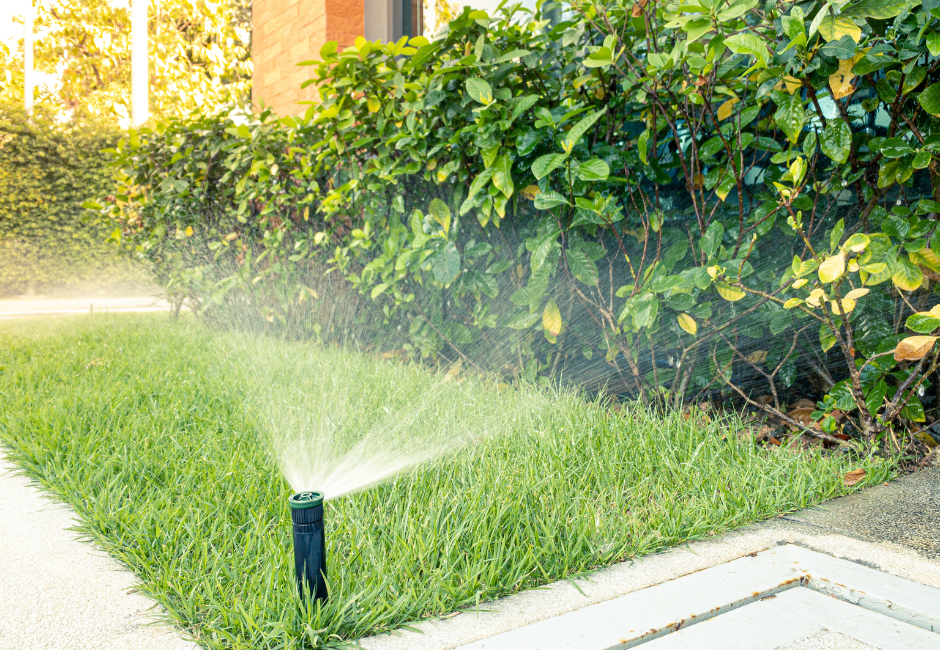Maintaining a lush, green lawn during a drought can be challenging, but with the right strategies, it’s possible to keep your grass healthy and vibrant. Here are some tips to help your lawn thrive even in dry conditions.
1. Choose Drought-Resistant Grass
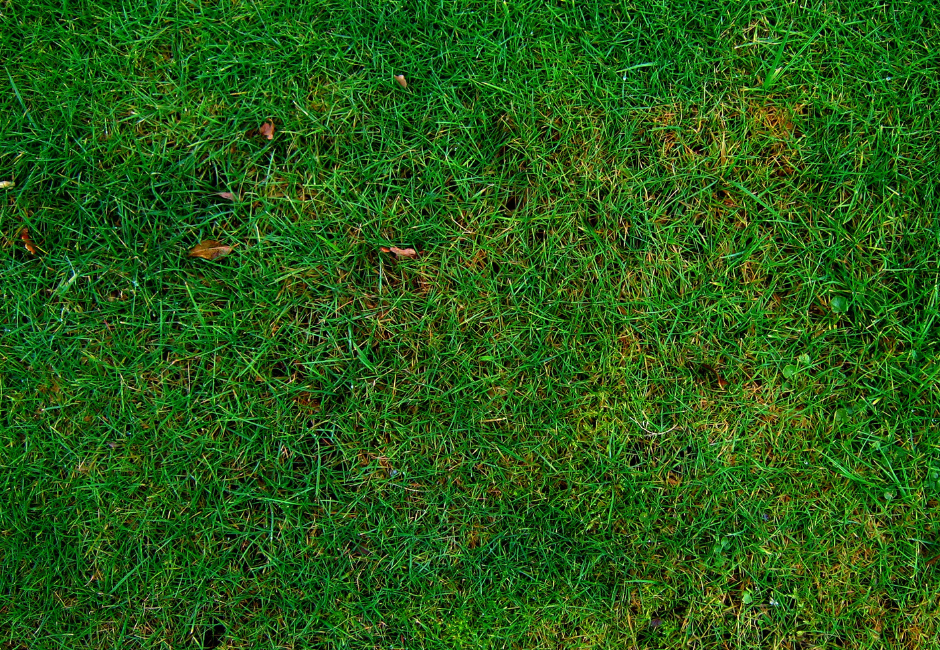
Selecting the right type of grass is crucial. Drought-resistant varieties like Bermuda, Zoysia, and Buffalo grass have deeper root systems and are more resilient to dry conditions. If you’re considering reseeding, opt for these hardy varieties to ensure better drought tolerance.
2. Water Wisely

Efficient watering is key to lawn health during a drought:
- Water Early: Watering in the early morning reduces evaporation and allows grass to absorb moisture effectively.
- Deep, Infrequent Watering: Instead of frequent shallow watering, water deeply once or twice a week. This encourages deeper root growth.
- Use a Soaker Hose: This method delivers water directly to the roots, minimizing evaporation.
3. Mow Smartly
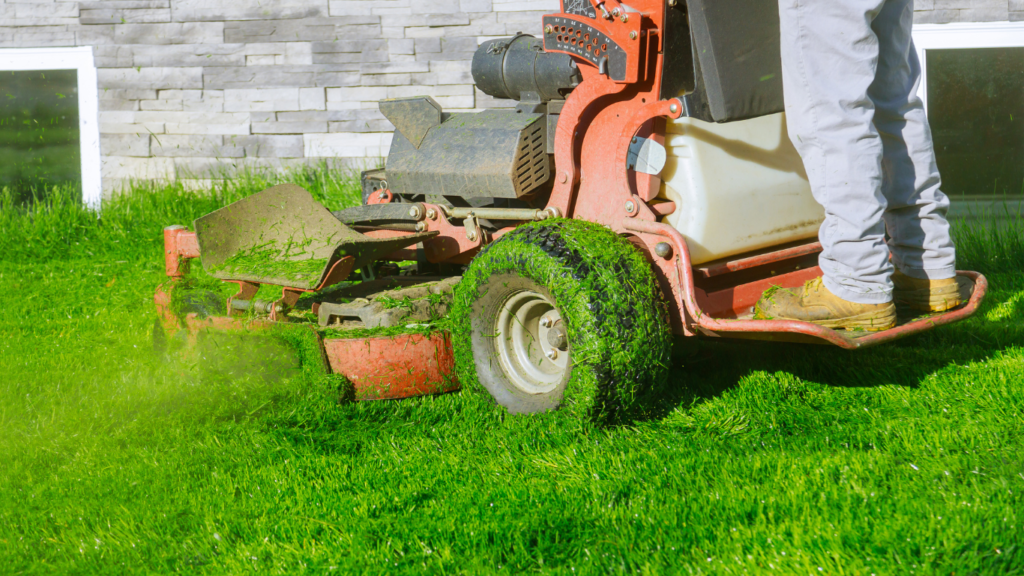
Adjusting your mowing practices can help your lawn survive:
- Raise Mower Blades: Keep your grass longer (around 3-4 inches) to provide shade to the soil and reduce evaporation.
- Leave Grass Clippings: Mulching your lawn with clippings can help retain moisture and add nutrients back into the soil.
4. Reduce Foot Traffic

Limiting foot traffic on your lawn prevents soil compaction and stress on the grass. Designate specific pathways and areas for activities to keep the rest of your lawn healthy.
5. Fertilize Sparingly

During a drought, your lawn’s ability to process nutrients is reduced. Avoid over-fertilizing, as it can stress the grass further. Use organic fertilizers that release nutrients slowly, helping your lawn withstand dry conditions better.
6. Aerate the Soil
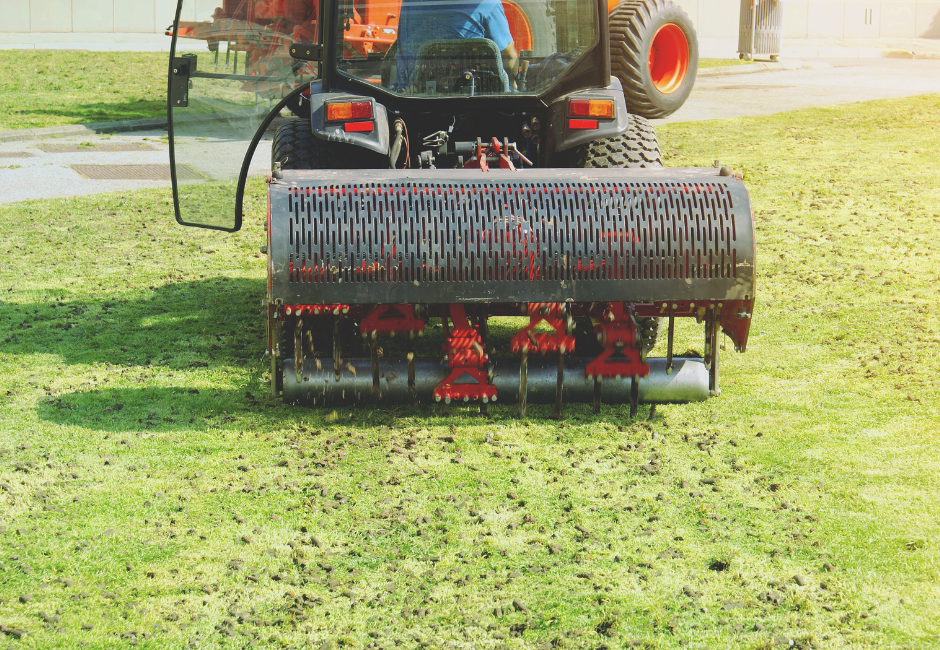
Aeration improves soil health by allowing water, air, and nutrients to penetrate deeper. This practice helps grass roots grow stronger and more drought resistant. Aim to aerate your lawn annually, especially before the dry season.
7. Mulch Bare Spots
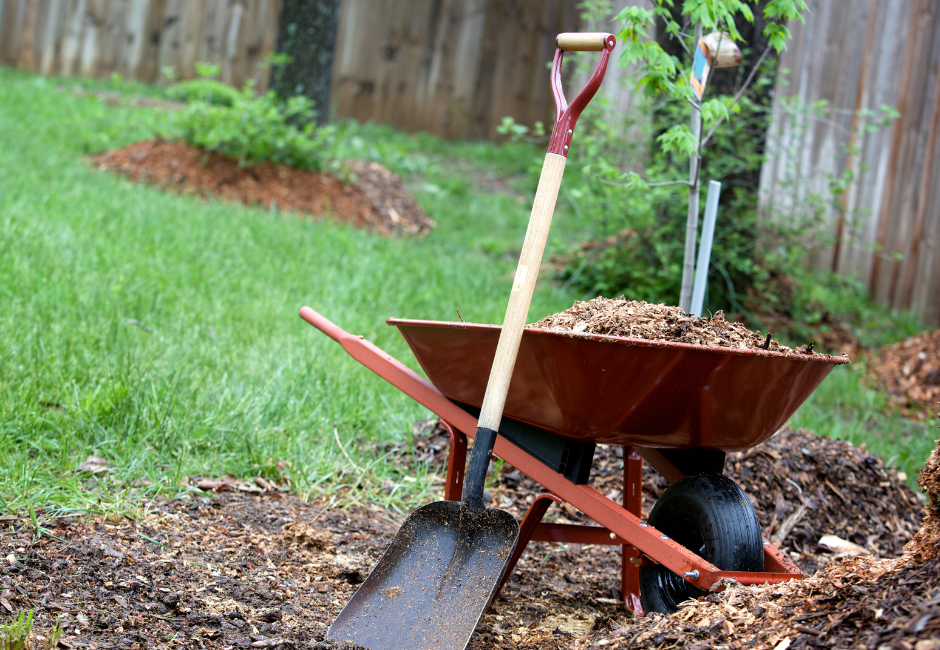
Applying mulch to any bare spots in your lawn helps retain soil moisture and prevents weeds. Organic mulches like wood chips or straw are excellent choices, as they decompose and enrich the soil.
8. Adjust Irrigation Systems

If you have an irrigation system, ensure it’s properly adjusted:
- Check for Leaks: Repair any leaks to prevent water waste.
- Use Drip Irrigation: This method targets specific areas and reduces water runoff.
- Install Rain Sensors: These sensors prevent over-watering during unexpected rain.
9. Embrace Lawn Alternatives

Consider integrating drought-tolerant plants or ground covers in your landscape. Options like clover or sedum not only require less water but also add variety to your lawn’s appearance.
10. Stay Informed

Keep an eye on local drought conditions and water regulations. Staying informed helps you adjust your lawn care practices accordingly and comply with any watering restrictions.
Keeping your lawn healthy during a drought requires thoughtful planning and adjustments. By choosing the right grass, watering efficiently, and adopting smart lawn care practices, you can maintain a resilient and vibrant lawn even in challenging conditions. Remember, a well-maintained lawn not only enhances your home’s curb appeal but also contributes to a healthier environment. Implementing these strategies will ensure your lawn remains a green oasis, even in the face of drought.
Additional Resources
- Local Extension Office: For advice tailored to your region.
- Watering Schedule Guides: To optimize your watering routine.
- Drought-Resistant Lawn Care Products: To enhance your lawn care arsenal.

